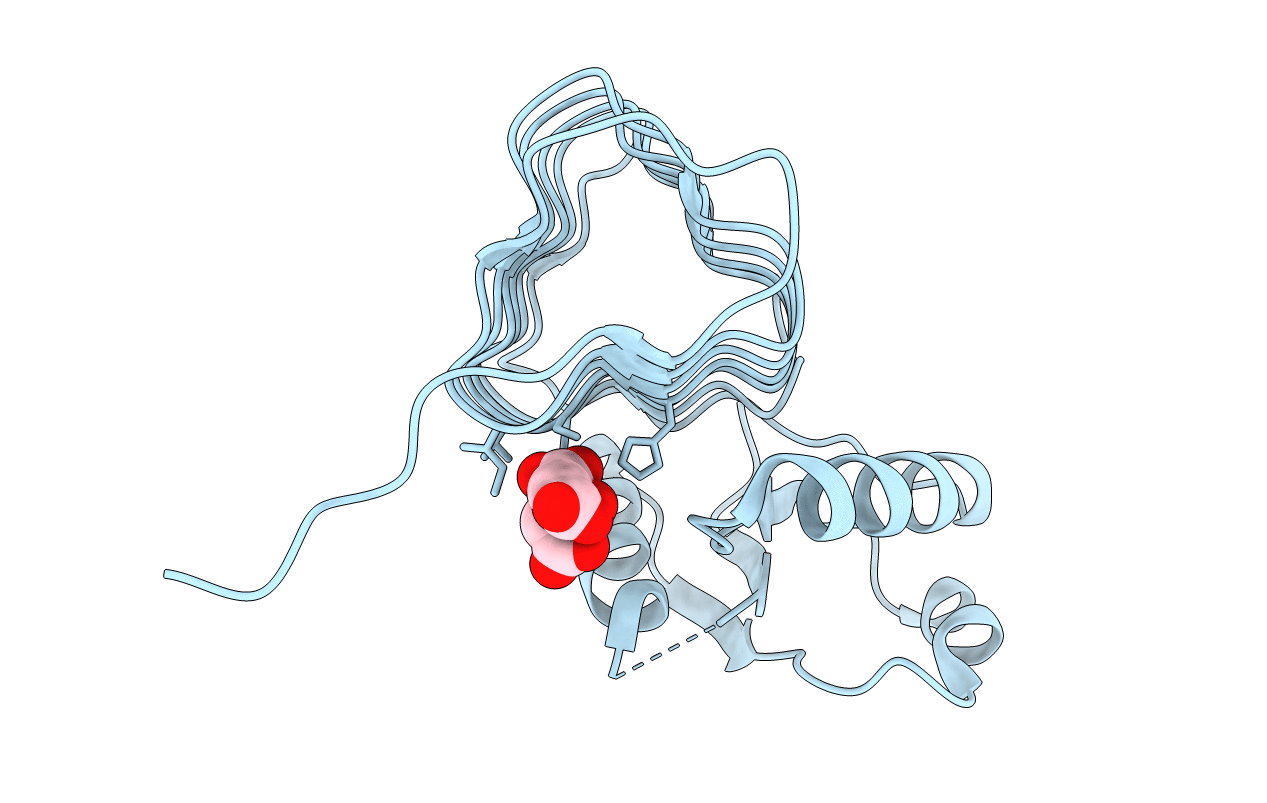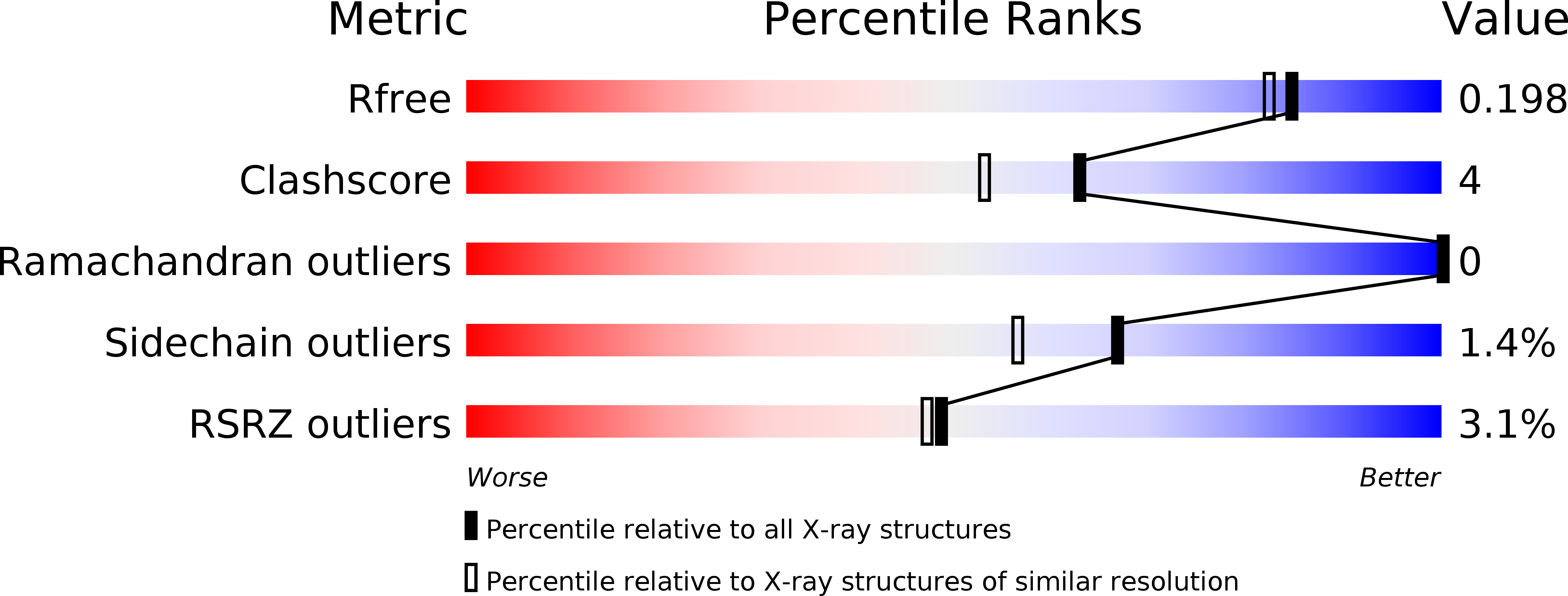
Deposition Date
2007-12-26
Release Date
2008-07-29
Last Version Date
2024-02-21
Entry Detail
PDB ID:
3BSW
Keywords:
Title:
PglD-citrate complex, from Campylobacter jejuni NCTC 11168
Biological Source:
Source Organism:
Campylobacter jejuni (Taxon ID: )
Host Organism:
Method Details:
Experimental Method:
Resolution:
1.77 Å
R-Value Free:
0.19
R-Value Work:
0.18
R-Value Observed:
0.18
Space Group:
P 63


